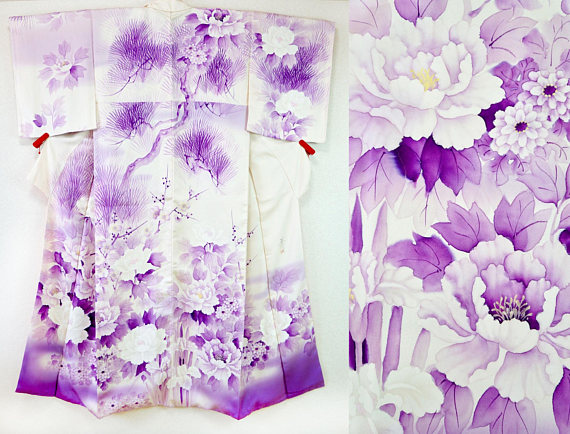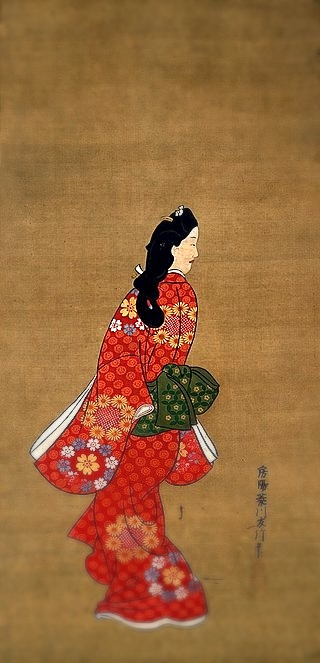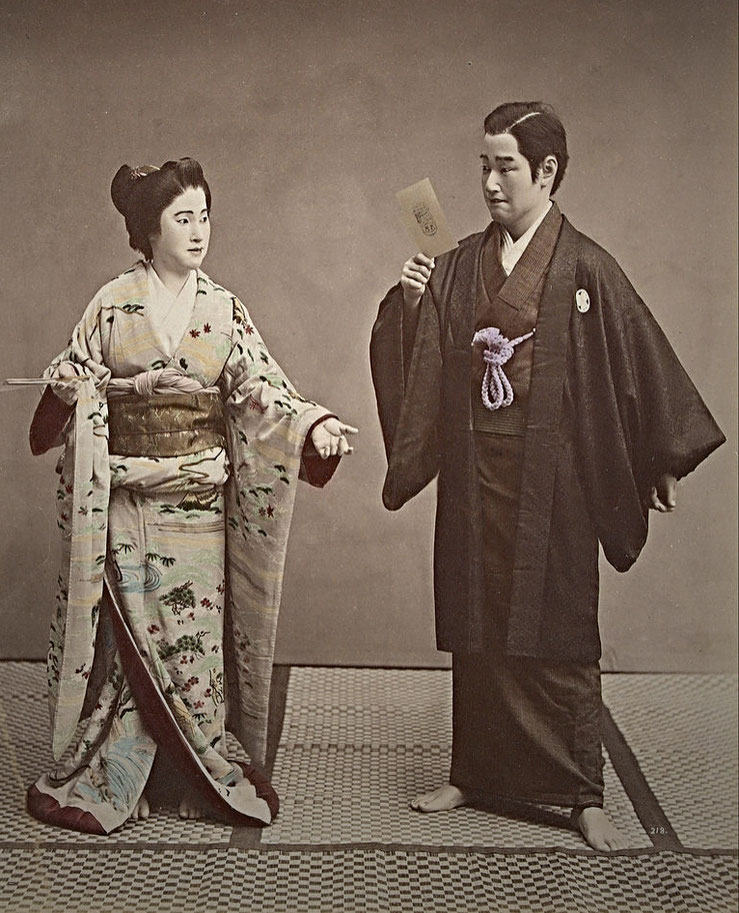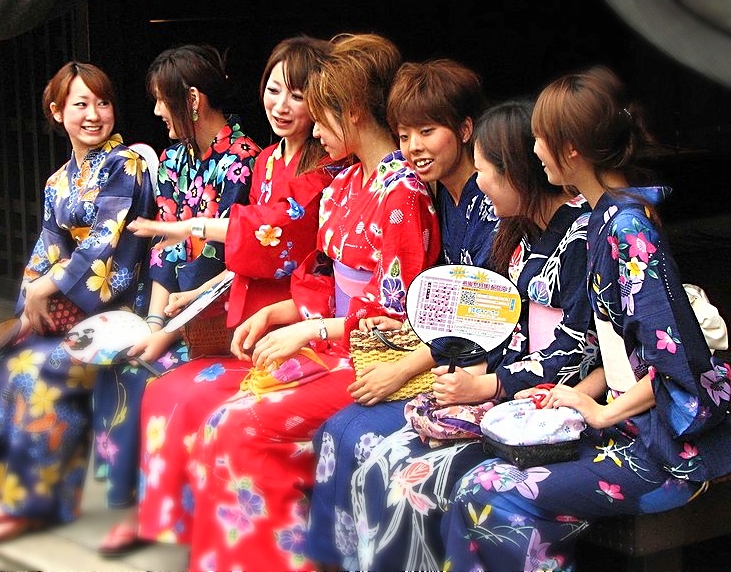- English
- Home
- Shopping Service
- FRIEN - FEMALE ONLY English speaking friend rental in Japan
- Japan Fan Club Proxy Service
- Agent for Japan China Entertainment Industry
- Send Gift to Your Fav Star in Japan
- Japanese Latest Manga book package
- Japanese BL manga book package
- Japan Real Estate Purchase Support
- Event organization in/outside Japan
- Japan Travel Support
- LOKALU ENG speaking friend in Japan
- Japan Travel Consultation Service
- Support to get Japanese Translation of foreign driver’s license
- Japan Tour Guide Support/Tour guide list
- Tattoo OK public bath/swimming pool list in Japan
- Japan Drink and Food Subscription Service
- Japan Travel Booking/Reservation Support
- Japan Tattoo Arrangement Support
- Marketing Service BPO
- Brand Experience(BX) Design
- Japan China Exhibition Support
- Japan China Exhibition Attendance Meeting Set Up Service
- Japan Market Entry Support
- Hobbies
- Japan Media Support/Local Fixer
- Visa and work permission support
- Contact
- Terms & Conditions
- Deutsch
- Shopping Support Startseite
- Wie es funktioniert
- FRIEN – NUR FÜR FRAUEN Englischsprachiger Freundinnenverleih in Japan
- Japan Fan Club Service
- Media Support Japan / Lokaler Fixer für Medienproduktionen
- Marketing-Service in Japan und China
- Immobilienkaufservice für Japan, Vietnam und Panama
- Japan-China Messe- und Ausstellungssupport
- Japan Reise Support
- Führerschein Übersetzungs Support für Japan
- Kimono Fan
- Markteintritts- unterstützung / Übersetzung
- Kontakt
- Konditionen
- 日本語
- ホーム
- 海外M&Aサポート・海外市場調査
- 監視カメラ等、防犯設備、子供の安全グッズの販売
- 幼稚園・保育園への外国語知育サービス
- UXデザイン、アプリ・ウェブ開発、越境EC代行
- 海外ウェブマーケティングBPOサービス
- アニメ・動画・3D・イラスト制作サービス
- 海外への情報発信・PR
- インバウンド・訪日観光客取込支援
- 海外進出支援
- 海外営業・販売支援・調査・広告
- 海外法人登記 -ドイツ法人登記
- 海外法人登記 -米国デラウェア州法人登記
- 海外法人登記 -パナマ法人登記
- パナマ船籍の取得サービス
- 海外法人登記 -セントクリストファー・ネイビス法人登記
- 海外法人登記 -ベトナム法人登記
- 海外法人登記 -インドネシア法人登記
- 海外法人登記 -エジプト法人登記
- 海外法人登記 -ガーナ法人登記
- 海外法人登記 -ミャンマー法人登記
- 海外法人登記 -マレーシア法人登記
- 海外法人登記-タイ法人登記
- 海外法人登記 -フィリンピン法人登記
- 海外法人登記 -ラオス法人登記
- 海外ビザ支援 - パナマ国 ビザ・移住サポート
- 海外ビザ支援 -ドバイ ビザ・移住サポート
- 海外ビザ支援 -マレーシア ビザ・移住サポート
- 海外ビザ支援 - ベトナム ビザ・移住サポート
- 海外ビザ支援 - バングラデシュ ビザ・移住サポート
- 海外イベント企画・実施・運営
- 海外進出事案
- 国内外展示会ブース設計/設営・販促品・POP・SP企画制作
- 店舗・什器デザイン制作
- 記念品・ノベルティーグッズ企画・制作
- ホビー
- お着物買取
- 海外取材手配・支援・コーディネート
- ご相談・ご質問
- About us
- Japanese Online Shops
- Japan Travel info & News and More
- Japan Market Entry service
- Home
- Shopping Service
- FRIEN - FEMALE ONLY English speaking friend rental in Japan
- Japan Fan Club Proxy Service
- Agent for Japan China Entertainment Industry
- Send Gift to Your Fav Star in Japan
- Japanese Latest Manga book package
- Japanese BL manga book package
- Japan Real Estate Purchase Support
- Event organization in/outside Japan
- Japan Travel Support
- Marketing Service BPO
- Brand Experience(BX) Design
- Japan China Exhibition Support
- Japan China Exhibition Attendance Meeting Set Up Service
- Japan Market Entry Support
- Hobbies
- Japan Media Support/Local Fixer
- Visa and work permission support
- Contact
For Kimono fan-Basic Information
What is Kimono, How to Wash and Maintain
Are you a Kimono fan? any good Kimono shop? Where can you get a great vintage Kimono and antique Kimono?
Many visitors read this article on " How to buy authentic Japanese Kimono online without being cheated? " and gave us positive responses. Many asked us to write more about Kimono so here it is!
You can check the latest Kimono from our long term friend's Kimono brand shop Salz Tokyo (you can check the credentials and reviews for the shop in the website). The shop offers rental Kimono, styling service, Kimono cleaning and all kind of Kimono advice.
The shop includes all Japanese Kimono with many types Furisode, Homongi, Irotomesode, Tsukesode, Hakama, Kurotemesode, many colours blue, green, red, yellow, white and black Kimono, Jinbei, kimono jiu jitsu (Judo, Kendo, Kyudo), Yukata (summer casual kimono), Kimono dress (availability depends on season and time). You find various cool Obi belt and all sort of items you need as a Kimono lover.
In our hope to share with you information about Kimono, just as start, we explain here:
1) what is Kimono,
2) Kimono in today's context,
3) how to wash Kimono (in case you need a professional Kimono cleaning, Onegai Kaeru International Kimono cleaning shop is for you.)
4) how to keep Kimono well and
5) Onegai Kaeru Kimono Production service.
For all Kimono fans around the world, if you have anything to say about Kimono ( just opinion, just greeting, question, when you have some Kimono you can not find anywhere etc. ) or do you want to make your original kimono?, you can use the comment box below or just write to us!
What is Kimono?
Kimono means "thing to wear" in Japanese. Originally it meant all kind of clothes in Japan.
When western style clothes introduced in mid 1800 (the end of Edo period), the term "Wafuku (Japanese clothes)" was invented and used to differentiate it from non-traditional Japanese clothes.
Today "Kimono" basically means Furisode, Homongi, Irotomesode, Tsukesode, Hakama etc. the old traditional Japanese clothes, not T-shirts.
After western style clothes introduced, many Japanese stopped wearing Kimono because western one was much easier to put on and fashionable as a new style. Many years past and majority of kimono companies are out of business.
Kimono culture was out of spot light for years in Japan. Very similar to the case where one of our Onegai Kaeru team members' family had major Geta (traditional Japanese wooden sandals best suited for Kimono) business near Tokyo. When western shoes came to the market, the business was gone.
Kimono Today
Onegai Kaeru trying to raise the awareness of the beauty and also practicality of traditional Kimono. It looks not easy to wear but actually very easy once you know how to. Easy to move. Women and men look so great in them.
These days we see more people in Kimono and feel like that Kimono culture is back in Japan. It is so happy to see more young people wear Kimono.
Even Pokemon revives Kimono culture by introducing Furisode Girl (Pockemon trainers wear Furisode style costumes) in Generation VI.
Especially outside of Japan, there are also "semi Kimono style" clothes inspired by Kimono style such as Kimono Robe, Kimono Jacket, Kimono dress. These are not really "Kimono" but another fashion style.
How to Clean and Wash Kimono?
Kimono (we used this term to define "traditional Japanese clothes" as we described) is a piece of art. But it should not be always kept in closet.
Ki-Mono (thing(=Mono) to wear(=Ki)), as the meaning of the word implies, lives when you wear them. It is natural it gets dirty over time.
So how should we wash it? With hot water? cold water? Chemical detergent? with a machine or hands?
The simple answer is you can NOT wash it at home with some exceptions. You need Kimono cleaning experts for traditional Kimono made of silk (e.g. Chirimen, Rinzu style).
These are exceptions: some Kimono are made of clothes which were already washed to make sure it does not shrink. Some of the Cotton, Hemp (Asa) and synthetic material Kimono are also possible to wash at home. Please read the relevant article How to Wash Your Kimono At Home.
The very traditional way is called "Araihari(洗張, meaning [ wash-expand ])". This started around 970 (as Utsubo Monogatari ( story of Utsubo) described it). With Araihari, you dissemble the Kimono into pieces and wash one by one with water and let them dry by expanding the pieces, and assemble them into one Kimono again.
Great news for Kimono lover is that Onegai Kaeru owns the professional Kimono cleaning/laundry shop in Japan which deals with old Kimono ( Furisode, Tomesode, Obi, Juban etc.).
Kimono lovers around the world usually send their Kimono to the shop for professional cleaning.
How to Keep Kimono Well?
How should you maintain Kimono in good condition? Here is what to do.
Kimono is weak for the sun light (sun burn), humidity (mold) and bugs (make holes). Traditional way is to keep them in a closet made of empress tree (kiri) and put some camphor (shonou) in packets as an insect repellent. Today you can store them in a plastic clothes case with a lid in which you put the camphor.
So what are these annoying insects? Typical clothes eating pests are carpet beetle and clothes moth.
When you see a tiny (ca 5mm) beetle looking insect in your room, that probably is a carpet beetle. When it huches in Spring, the bug eats as much as 2-3 time of its body weight for a week (no wonder the bug makes a big hole in our favourite clothes).
The favourite food of these insects are 1) wool, 2) silk (as many Kimono made of!) and 3) cotton. Some hungry bug even eats artificial textile. It is not because insects are too hungry to eat it but the insects eat protein (some dirt or in dried sweat) on the textile and tend to bite in the textile too.
There are artificial camphor and natural one. The artificial one gives us headache (and we do not think it is good for health.). We always use natural ones.
One tip: when you put the repellent, make sure you put it somewhere high in the box. As the vapor of repellent is heavier than air. if you put it at the bottom of the box, it only works for the bugs on the bottom. And NEVER mix with different repellents because it may cause dangerous chemical reaction.
For the natural insect repellent, if you need one, please contact us.
original kimono PRODUCTION
make original kimono
We work with artisans in Kimono fields and produced many kimono and items.
If you want to create/produce your original kimono, you can talk to us. We can offer consultation and help you produce a great quality kimono with your design.
The production may be around 3-4 months excl. shipping time.
Interested? Feel free to contact us for consultation and quotation.
Any question?
More Kimono RELATED articles
How to buy Kimono online without not being cheated? Any scam case? We explain the useful tips here.
If you are looking for vintage Kimono we collected from around Japan from collectors? Check out the latest Kimono from this shop. This is the shop we have known long time and trust.
If you looking for a particular information about Kimono, please contact us via the contact form.
Recommended information:
Planning your trip to Japan? Find out a lot of useful information here!
Source: Wikipedia
Disclaimer: Even though we try to make the info as updated and accurate but the accuracy of the information herein is not guaranteed by us. If you have any uncertainty, please contact the information source.











Kaeru team (Wednesday, 14 December 2016 20:03)
@Cecilia no prob. Let us know if you have any question! thank you.
Cecilia (Sunday, 04 September 2016 15:58)
Shop kimono ,articoli.Grazie